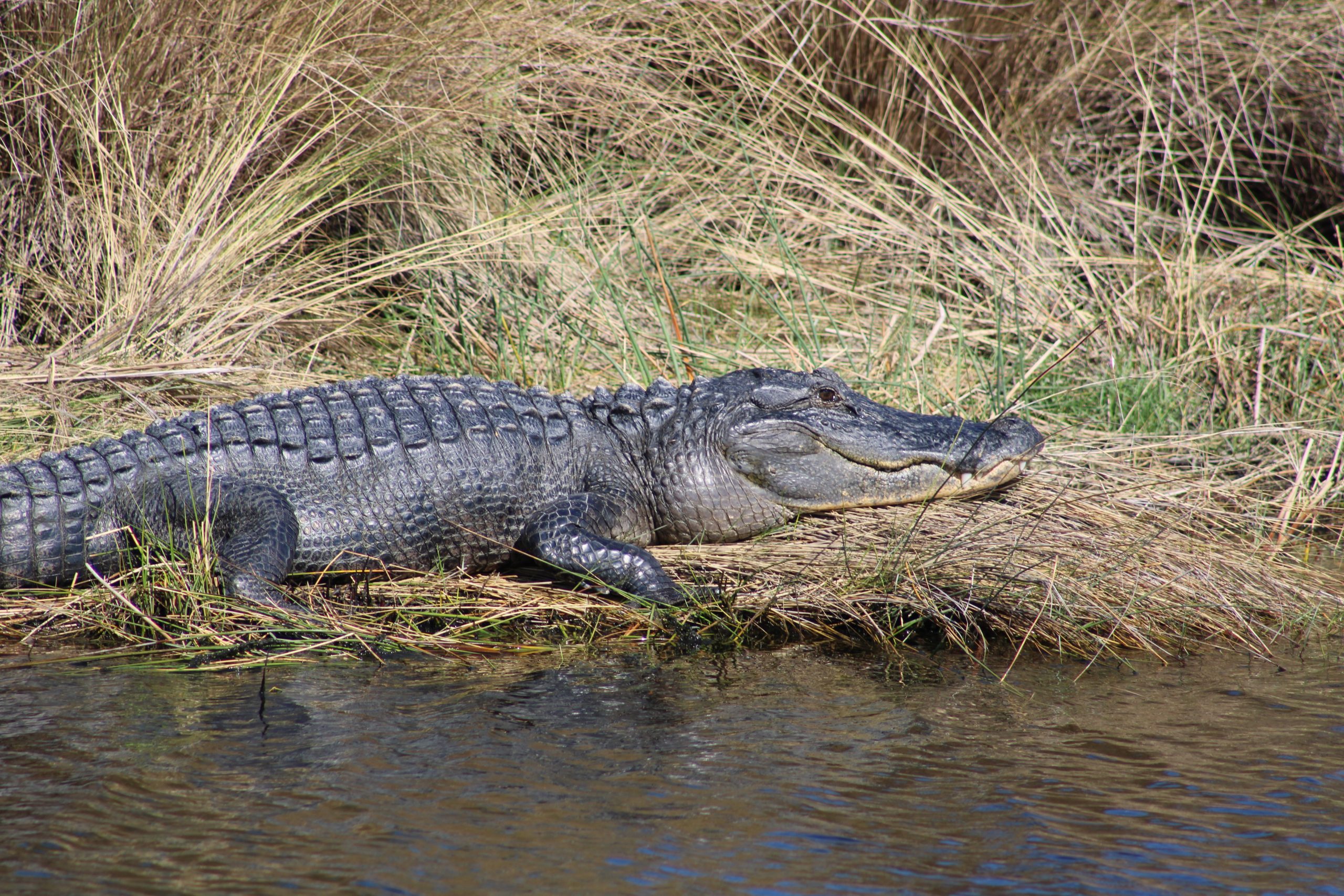Thousands of animals lay eggs to reproduce. Some of the animals that lay eggs, like fish and birds, are surprising. But some of the other animals that lay eggs on this list will surprise you. Without further ado, let’s dive into my list of 25 egg-laying animals.
Key points:
- Birds, invertebrates, amphibians, fish, and reptiles are some of the animals that commonly lay eggs.
- Echidna and platypus are the only mammals that lay eggs.
- Oviparous is the scientific term for an animal that lays eggs to reproduce.
List of 25 Egg Laying Animals
- Ducks
- Alligators
- Herons
- Snakes
- Frogs
- Fish
- Echidna
- Platypus
- Corals
- Seahorses
- Spiders
- Sea turtles
- Ostriches
- Hummingbirds
- Sharks
- Stingrays
- Chickens
- Emu
- Eagles
- Red-Shouldered Hawks
- Turtles
- Horseshoe crabs
- Axolotl
- Freshwater mussels
- Cuttlefish
25 Animals That Lay Eggs: A Closer Look
Ready to learn more about the egg-laying animals included on my list? Dive into the details below.
Ducks
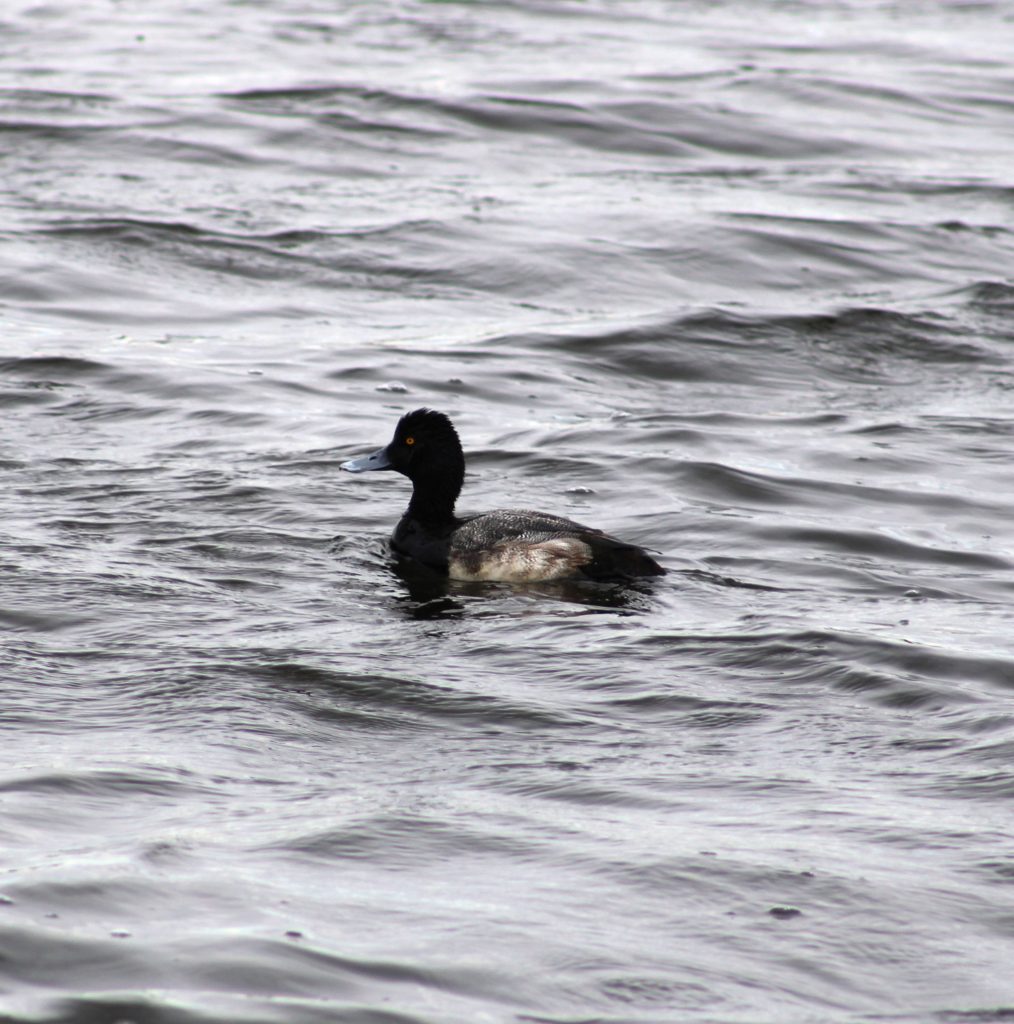
Ducks, charming waterfowl known for their quacking calls and distinctive waddling gait, are among the fascinating animals that lay eggs. These avian marvels, belonging to the family Anatidae, have evolved to lay eggs as a crucial aspect of their reproductive strategy. The primary reason ducks lay eggs is rooted in their adaptation to an aquatic lifestyle. Unlike mammals, ducks lack a developed internal fertilization process, and laying eggs allows them to reproduce efficiently in water-based environments.
Female ducks, called hens, typically construct nests in concealed locations near water bodies to safeguard their eggs from potential predators. Once the eggs hatch, the mother leads her adorable ducklings to water, where they quickly become adept swimmers.
Alligators
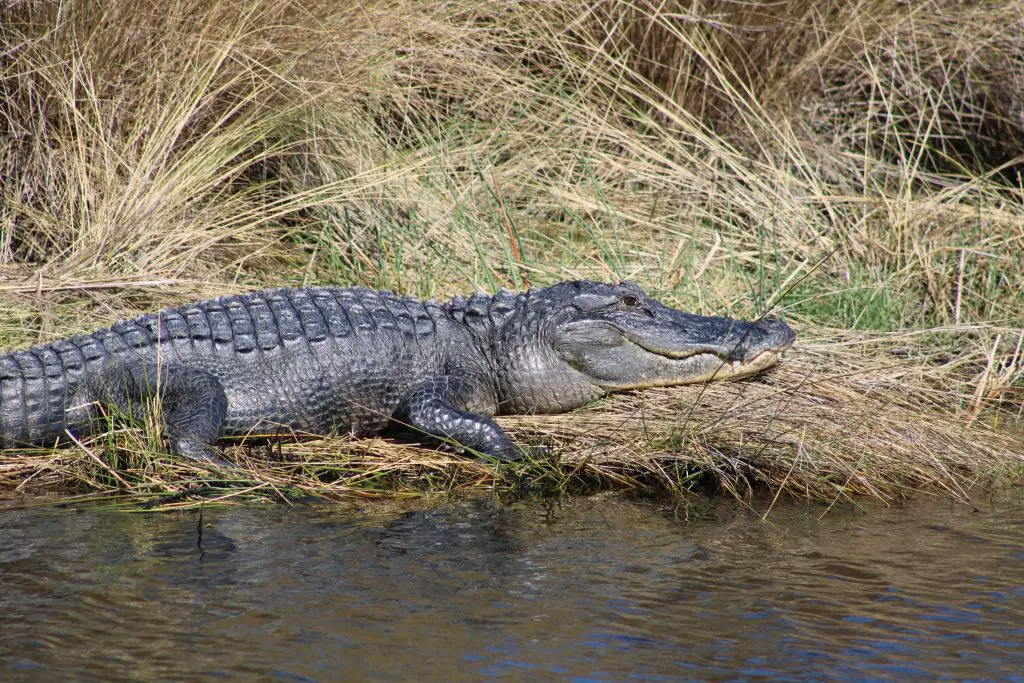
Alligators, formidable reptiles with a lineage dating back millions of years, stand out as captivating members of the animal kingdom that lay eggs. These prehistoric creatures belong to the order Crocodylia and have developed an intricate nesting behavior over time.
Female alligators meticulously construct nests made of vegetation, mud, and other debris, typically in warm and concealed areas. The female regulates the nest’s temperature by manipulating the layers, ensuring a suitable environment for the eggs to develop. The gender of the hatchlings is determined by the nest’s temperature – warmer nests tend to produce males, while cooler ones yield females.
Herons
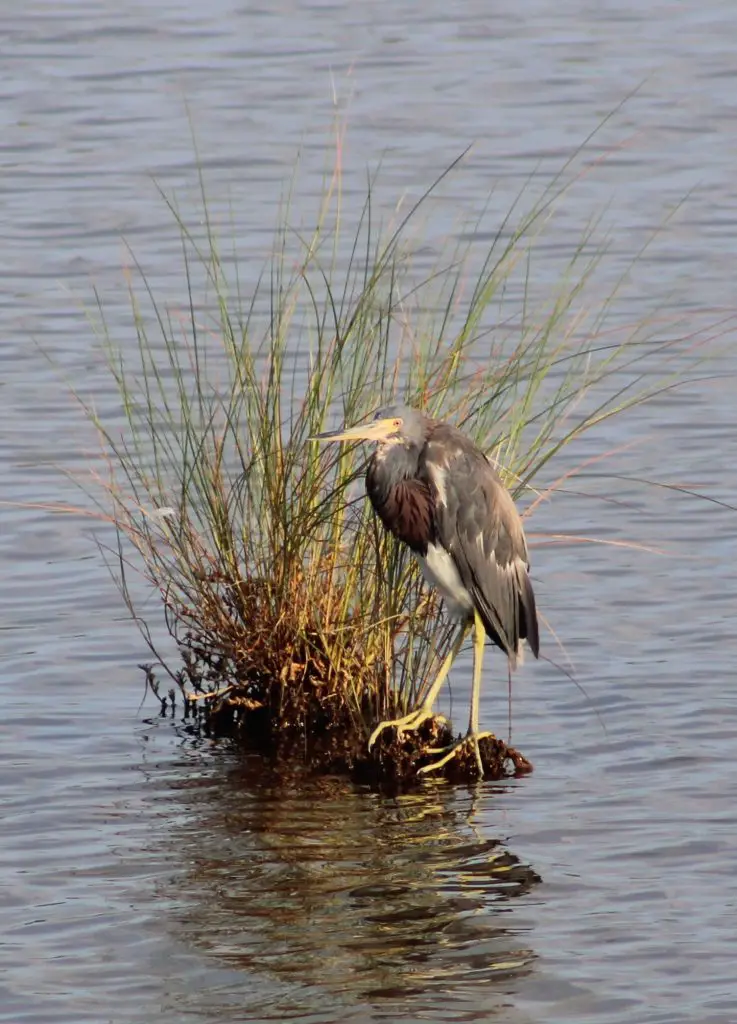
Herons are elegant wading birds known for their slender necks and dagger-like bills. The birds typically construct nests in high, concealed locations, such as trees or reed beds, to protect their eggs from ground-based predators.
Snakes
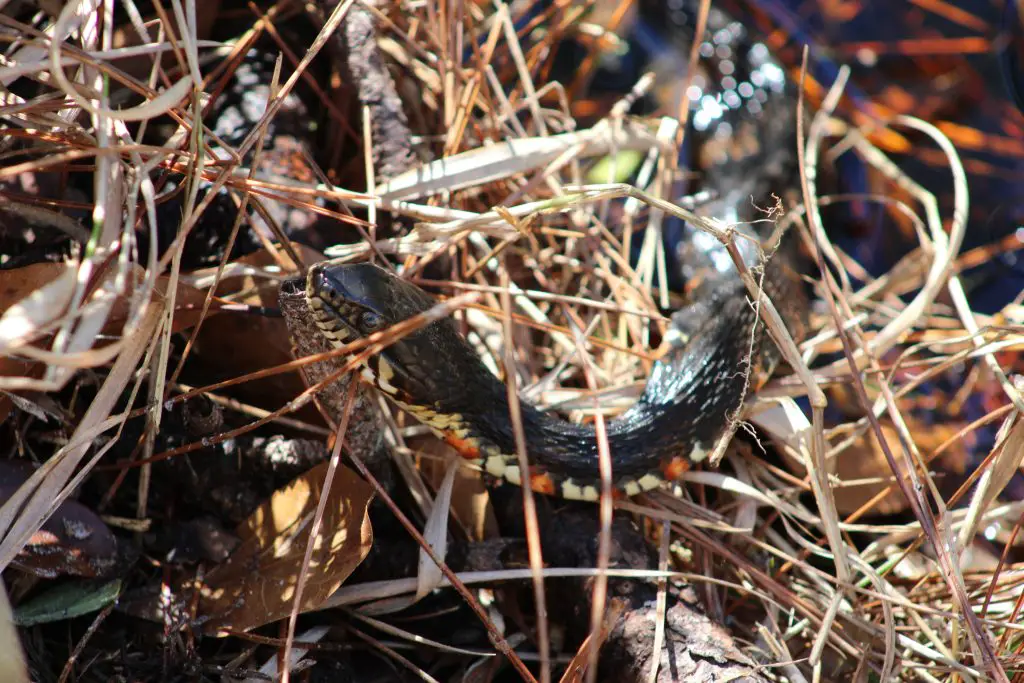
Snakes, captivating reptiles renowned for their slithering grace, are intriguing members of the animal kingdom that lay eggs. Unlike live-bearing mammals, snakes lack parental care post-hatching, and egg-laying provides a strategy for safeguarding their offspring until they can fend for themselves.
Female snakes, depending on the species, may lay a variety of eggs, ranging from a few large eggs to numerous smaller ones. The choice of nesting sites varies as well, with some snakes burying their eggs underground, while others deposit them in decaying vegetation or secure locations within their habitat. Some snake species, such as the reticulated python, diligently coil around their eggs, providing a level of protection and warmth during the incubation period.
Frogs
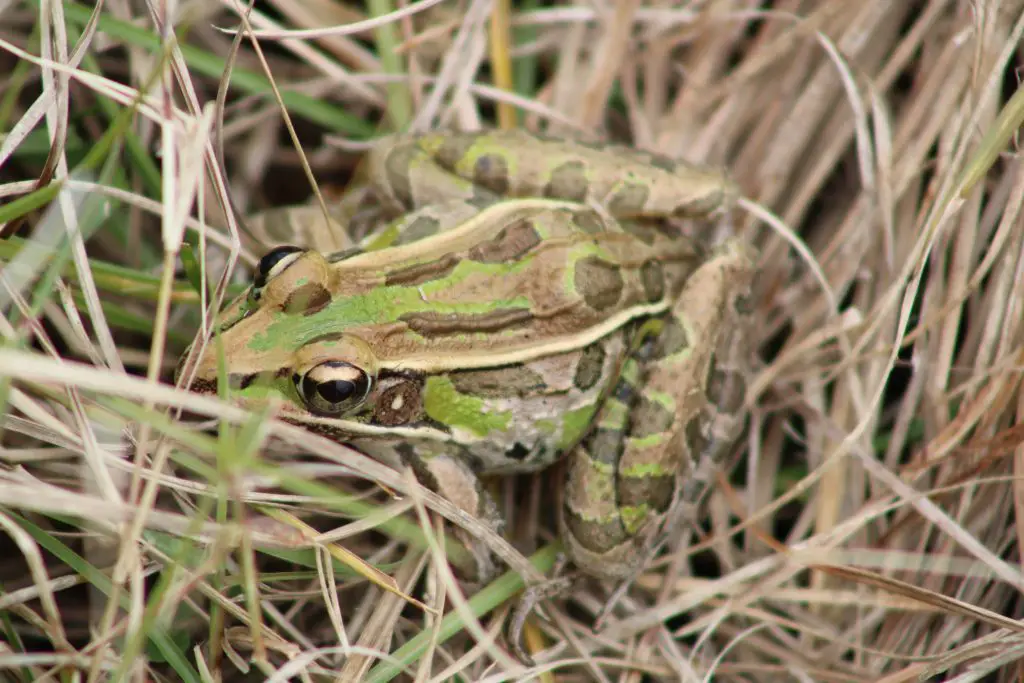
As members of the order Anura, frogs have perfected an egg-laying reproductive strategy that aligns with their semi-aquatic lifestyle. The primary reason frogs lay eggs is rooted in their dependence on water for the various stages of their life cycle. Unlike mammals, frogs lack a waterproof skin and need a moist environment to ensure the survival of their eggs and tadpoles.
Female frogs typically deposit their eggs in water, either as clusters attached to vegetation or floating in gelatinous masses. This method not only provides protection from terrestrial predators but also facilitates the exchange of oxygen, crucial for the developing embryos
Fish
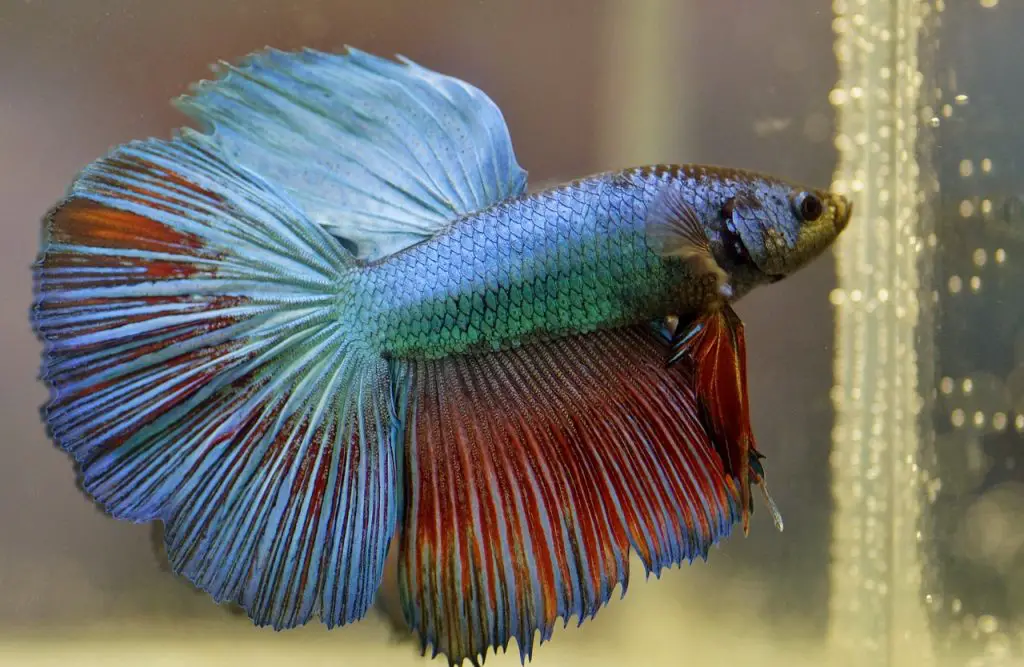
Fish employ different strategies for laying and protecting their eggs. Some species, like salmon, undertake extensive upstream journeys to reach specific spawning grounds, where females release their eggs and males fertilize them externally. Others, like the intricately built bubble nests of Betta fish, showcase unique parental care as males guard the eggs until they hatch.
Echidna
The echidna, a unique monotreme hailing from Australia and New Guinea, is a remarkable example of an egg-laying mammal. Belonging to the family Tachyglossidae, echidnas, along with the platypus, represent the only living monotremes – a group of mammals that lay eggs instead of giving birth to live young.
Female echidnas deposit a single leathery egg directly into their pouch, where it hatches and the mother continues to nurse the tiny, spine-covered echidna, known as a puggle. While the echidna exhibits mammalian traits, such as producing milk for its young, it lacks nipples. Instead, milk is released through openings in the skin, and the puggle laps it up from the mother’s abdomen.
Platypus
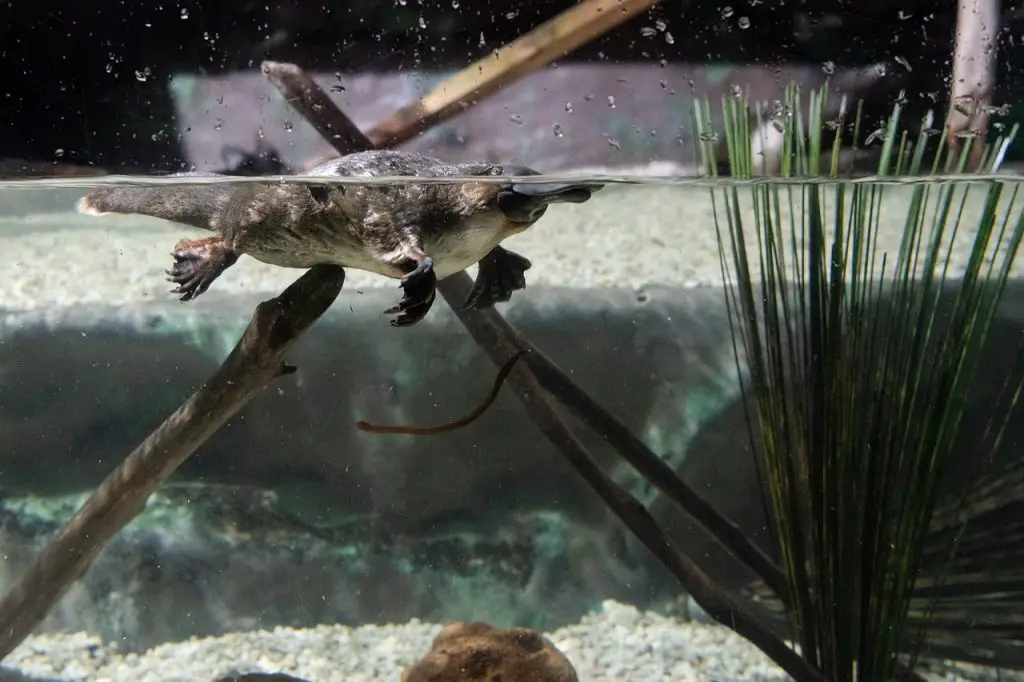
Platypus are the other monotremes, which are also found in Australia. Female platypuses lay one to three eggs at a time, and they incubate them by curling their bodies around the eggs, providing warmth and protection. Hatching occurs after about ten days, revealing miniature versions of these aquatic mammals.
Male platypuses possess venomous spurs on their hind legs, an unusual trait among mammals. This, along with the platypus’s duckbill, webbed feet, and ability to detect electrical signals to locate prey underwater, contribute to its status as one of the most peculiar and intriguing creatures in the animal kingdom.
Corals

Corals, often mistaken for rocks, are fascinating marine animals that contribute to the vibrancy and biodiversity of coral reefs. Despite their stationary appearance, corals are remarkable examples of animals that reproduce via eggs. The primary reason for this reproductive strategy is to ensure genetic diversity and resilience within coral populations.
Corals engage in a process called broadcast spawning, where colonies release vast quantities of eggs and sperm simultaneously into the water, promoting cross-fertilization and the formation of genetically distinct offspring. The synchronized and mesmerizing spectacle of coral spawning events often occurs in response to environmental cues like water temperature and lunar cycles.
The resulting larvae, known as planulae, drift with ocean currents before settling on the seabed to form new colonies. Coral reefs, built over time by countless generations of these egg-laying animals, serve as crucial ecosystems that support an extraordinary array of marine life.
Seahorses
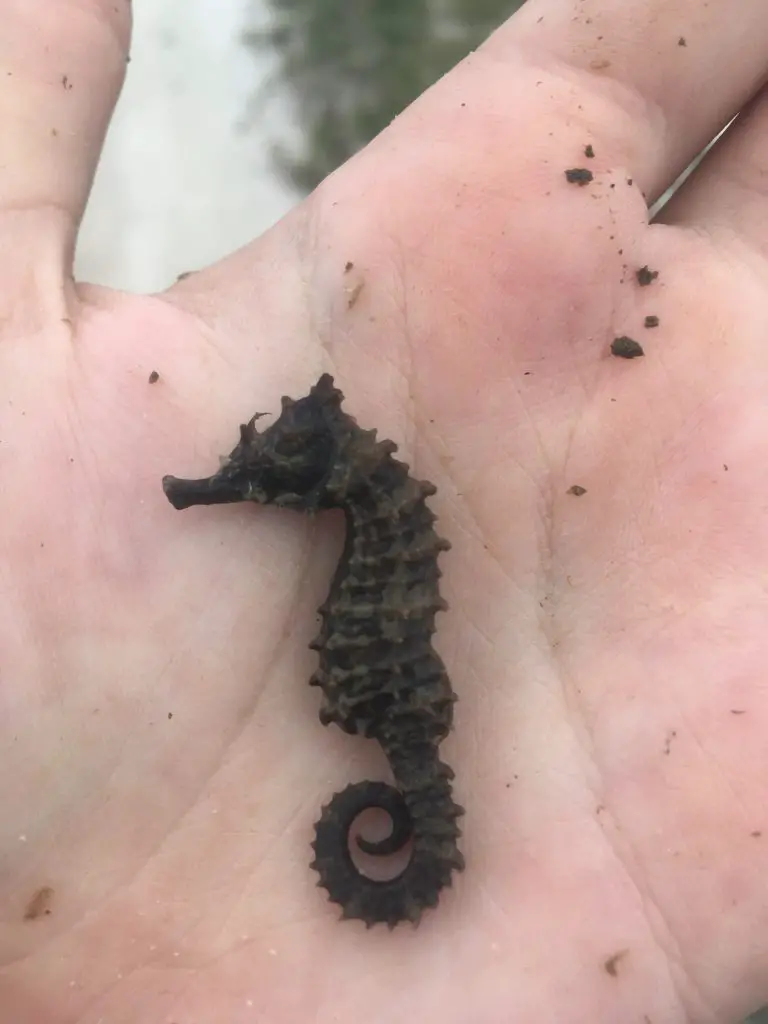
Belonging to the family Syngnathidae, seahorses exhibit a distinctive reproductive role reversal, where it is the males that bear the responsibility of carrying and nurturing the eggs. Female seahorses deposit their eggs into a specialized pouch on the male’s abdomen, where they are fertilized and protected until they hatch.
Seahorses are monogamous and often mate for life, engaging in intricate courtship dances before transferring eggs from the female to the male. The male seahorse then undergoes a unique form of pregnancy, providing nutrients and oxygen to the developing embryos within his pouch until they hatch.
Spiders
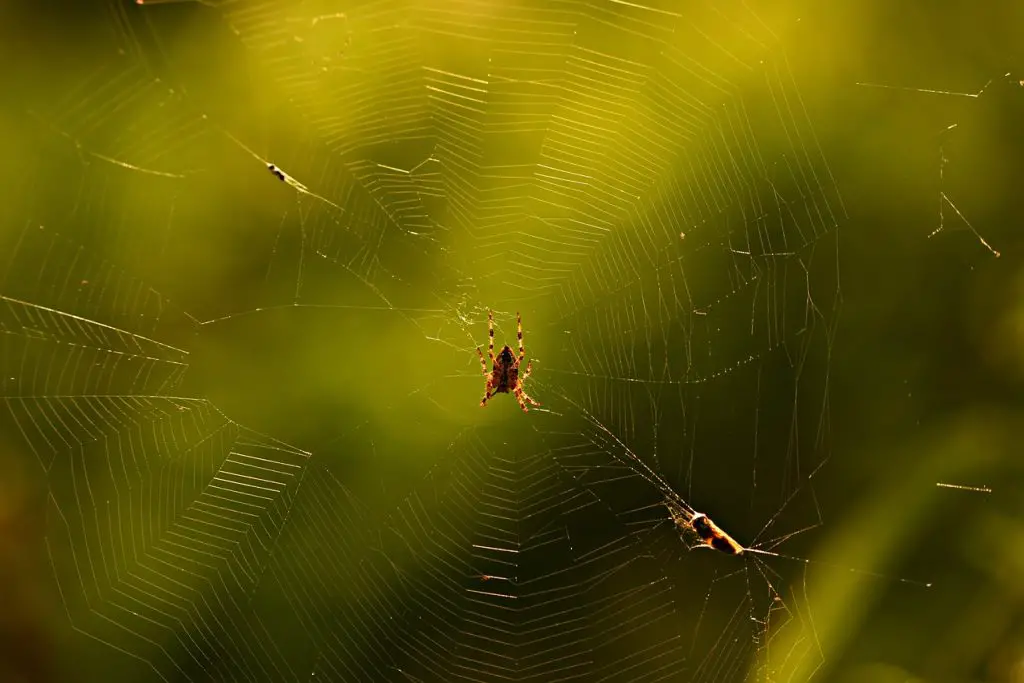
Spiders are arachnids belonging to the class Arachnida. Female spiders meticulously create silk egg sacs, often camouflaged and strategically placed, to protect their eggs from environmental threats and potential predators.
Some spiders carry their egg sacs with them, attached to their spinnerets, while others affix them to foliage or construct concealed silk retreats. The sheer variety of silk used for egg sacs, ranging from sticky webs to protective cocoons, underscores the adaptability and resourcefulness of these arachnids. Once the eggs hatch, spiderlings emerge and disperse into the environment, commencing their solitary or, in some cases, social lifestyles.
Sea turtles
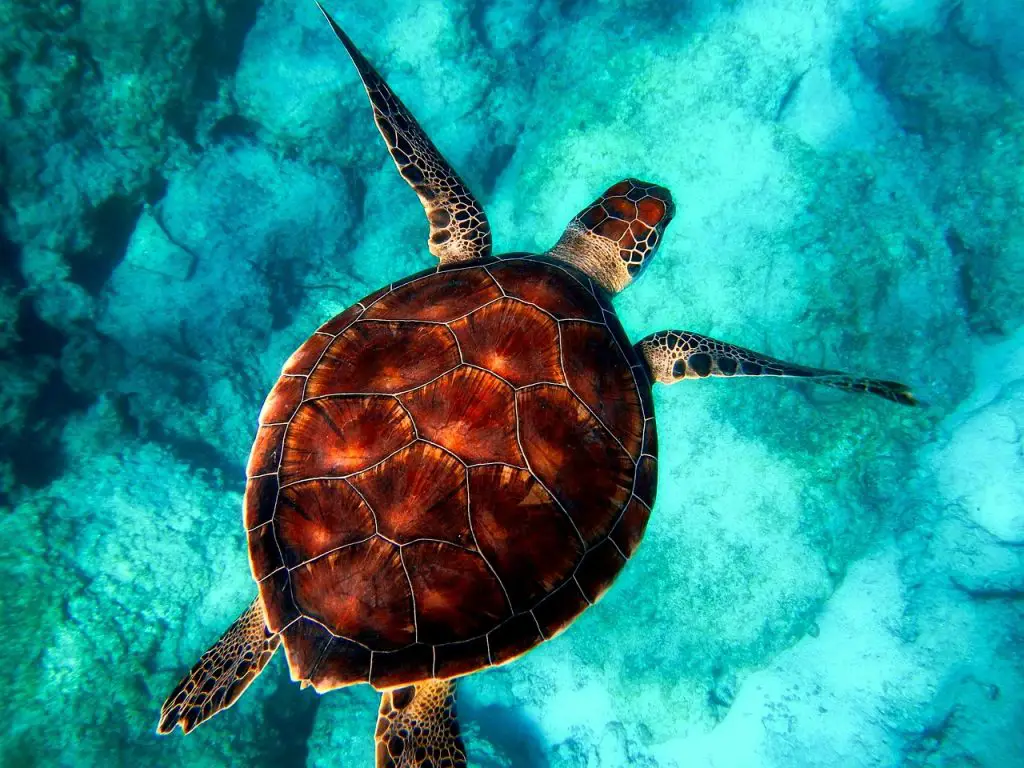
Sea turtles are of the order Testudines. The primary reason for laying eggs is grounded in their adaptation to a life split between terrestrial and marine environments. Female sea turtles venture onto sandy beaches to dig nests and deposit clutches of eggs, safeguarding them from predators and providing an optimal incubation environment.
After mating in open waters, females embark on extensive journeys to return to the same beaches where they hatched, a phenomenon known as natal homing. The nesting process involves the careful excavation of nests with their flippers, where dozens of leathery or hard-shelled eggs are laid. Once hatched, the tiny sea turtle hatchlings embark on a perilous journey towards the ocean, navigating by the moonlight to reach their aquatic home.
Ostriches

Ostriches are flightless birds native to Africa. Not only are these birds the largest in the world, they also lay the largest eggs in the world. Unlike many birds, ostriches cannot fly due to their large size and specialized wing structure, prompting the evolution of a robust reproductive system centered around laying eggs on the ground.
Female ostriches, responsible for laying the eggs, typically create communal nests where multiple females deposit their eggs together. Despite their flightlessness, ostriches are known for their remarkable speed and agility, making them well-adapted to evade predators in their natural habitats.
Hummingbirds
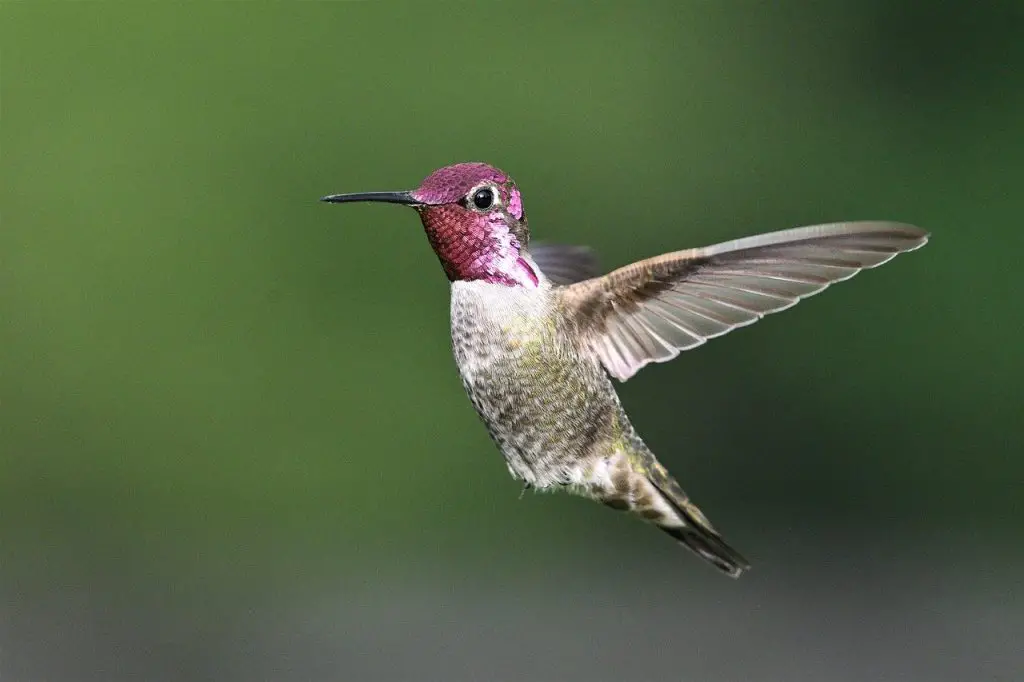
On the opposite end of the scale, hummingbirds lay the smallest bird eggs in the world.
They construct delicate, cup-shaped nests using plant fibers, spider silk, and other materials, often attaching them to branches or twigs with spider silk for added stability. Female hummingbirds typically lay one to three eggs, each about the size of a pea, and diligently incubate them until they hatch.
Apple Snails
Apple snails, captivating freshwater mollusks known for their vibrant colors and distinctive round shells, lay eggs as part of their reproductive strategy. The eggs are encased in gelatinous clutches, often laid above the waterline on plants or hard surfaces, providing protection from aquatic predators and ensuring sufficient oxygen exchange during development.
A single clutch containing hundreds of eggs.
Stingrays
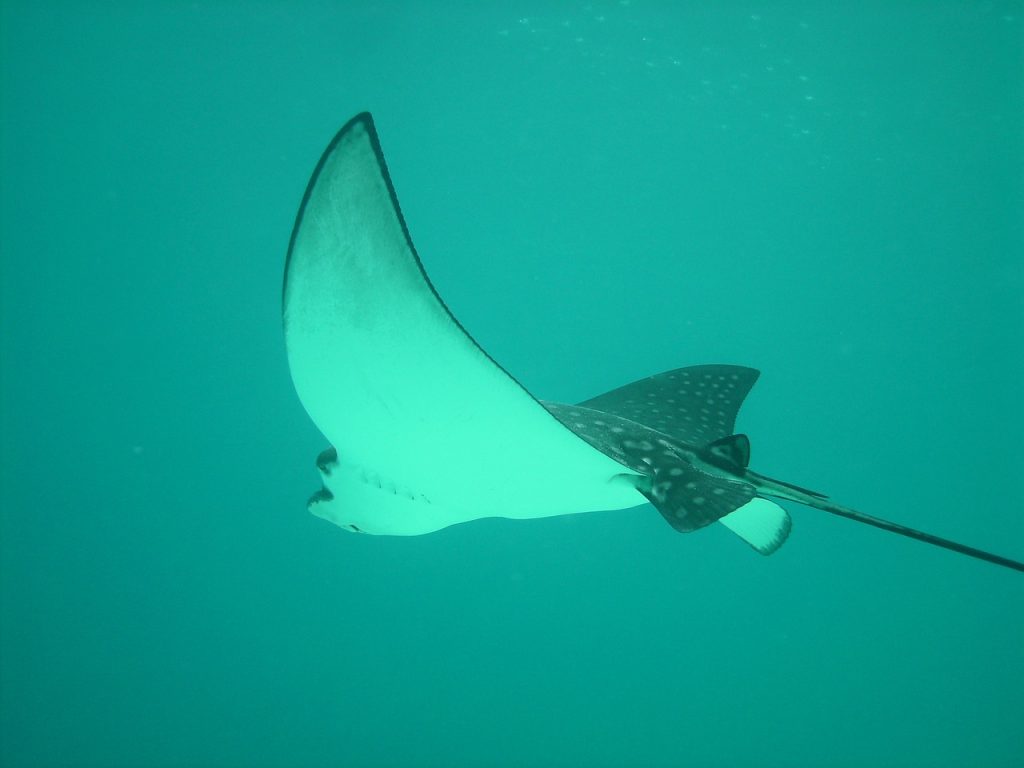
As cartilaginous fish belonging to the elasmobranch subclass, stingrays lay eggs as part of their reproductive strategy. Female stingrays typically deposit leathery egg capsules, often referred to as mermaid’s purses, in sheltered areas such as seafloor crevices or sandy substrates, providing protection against predators during the incubation period.
Some stingrays, like the skates, carry their eggs within a protective flap until they hatch, while others rely on external egg capsules. The eggs generally hatch into miniature versions of their parents, showcasing the efficient and resilient nature of stingray reproduction
Chickens
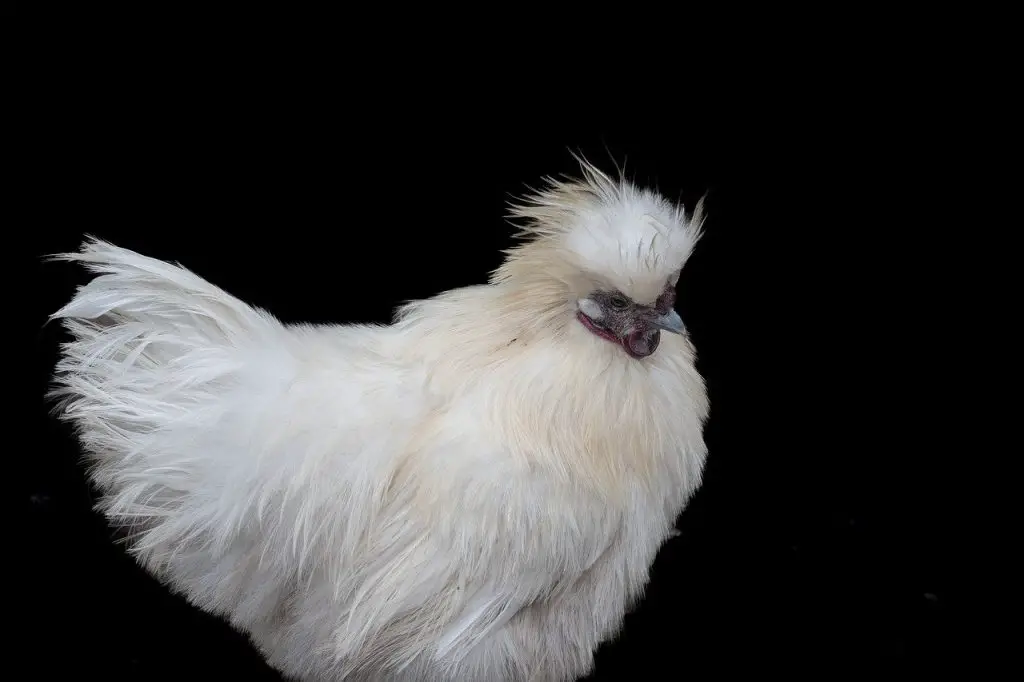
A discussion about egg-laying animals wouldn’t be complete without domesticated chickens. Female chickens, known as hens, produce eggs that contain the potential for fertilization by roosters. In domesticated settings, hens may lay eggs regularly, and the eggs are commonly collected for human consumption.
Emu
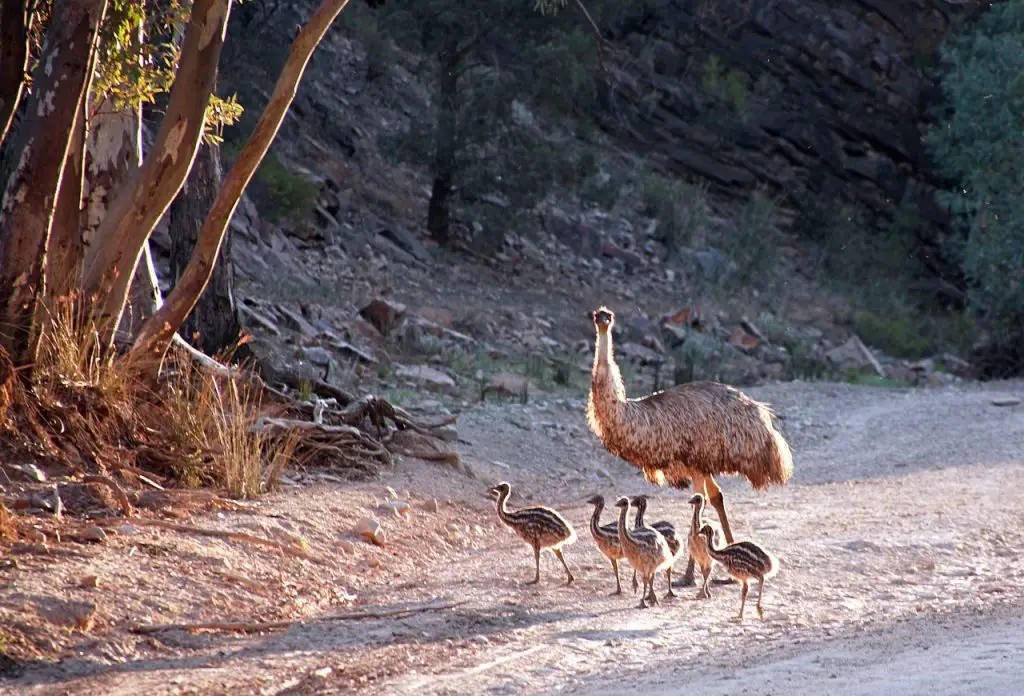
Emus, the flightless giants of the bird world native to Australia, engage in the fascinating practice of laying eggs as part of their reproductive strategy.
Male emus play a large role in the incubation and care of the eggs. After the female emu lays a clutch of dark-green eggs, often between 8 to 10 in number, the male takes charge of incubation, closely guarding the nest for about 8 weeks until the chicks hatch.
Eagles
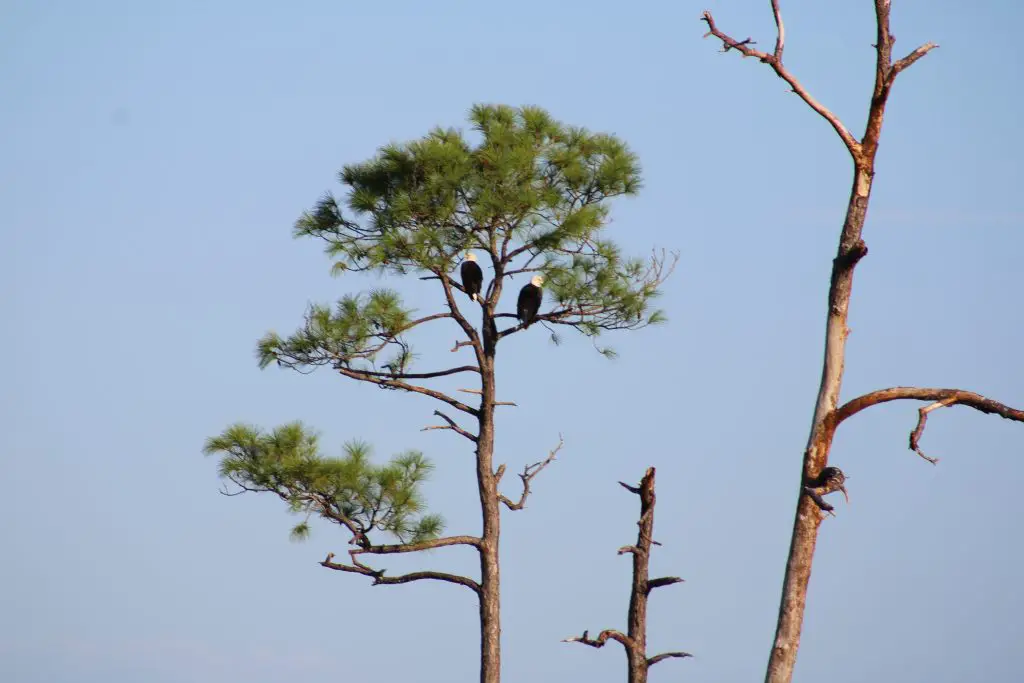
Eagles typically construct large nests, called eyries, high in trees or on cliffs, providing a secure environment for their eggs and later, their eaglets. The female eagle, responsible for laying the eggs, incubates them while the male shares the responsibility of providing food. Once the eggs hatch, both parents actively participate in raising and protecting their chicks until they fledge and become proficient hunters themselves.
Red-Shouldered Hawks
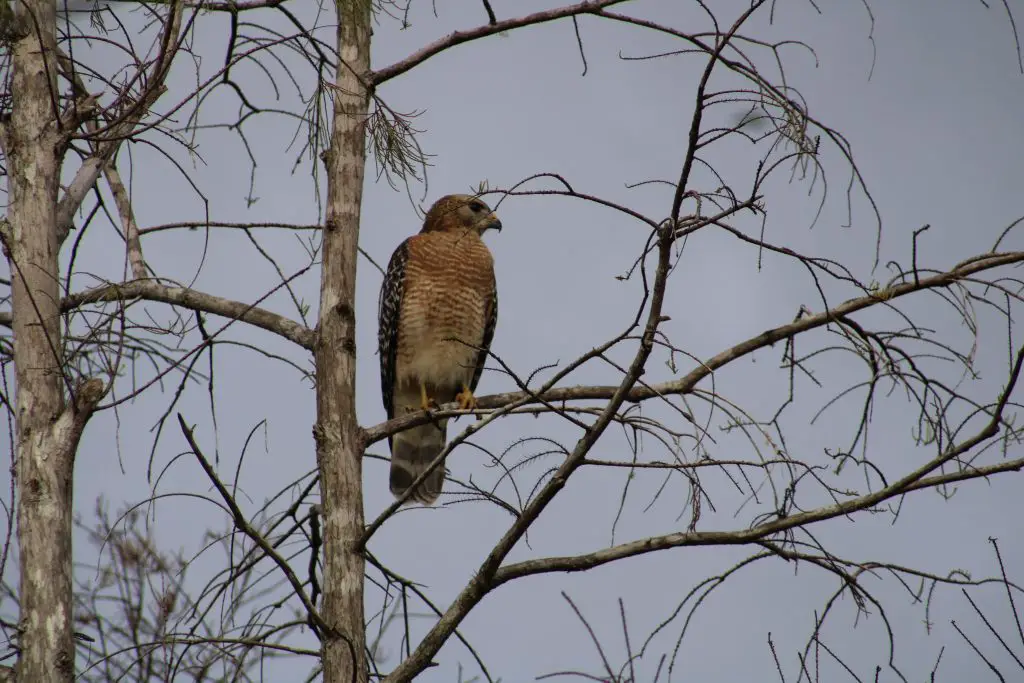
Red-shouldered hawks, striking birds of prey with distinctive reddish-brown shoulders, construct sturdy nests made of sticks and lined with softer materials, often located in the dense canopy of deciduous forests. The female hawk, responsible for laying the eggs, incubates them while the male shares the responsibility of providing food and protecting the nest. Once the eggs hatch, both parents actively participate in feeding and caring for the nestlings until they fledge and become independent.
Turtles

Turtles are ancient and diverse reptiles that have roamed the Earth for millions of years.
Many turtles exhibit site fidelity, returning to the same nesting grounds year after year, and some species travel great distances to find suitable nesting sites. Female turtles dig nests in the ground, where they carefully deposit their eggs before covering them with soil or sand. The incubation period varies depending on factors such as temperature and species. Once the eggs hatch, the hatchlings emerge and embark on their journey to the water, often facing various challenges and predators along the way.
Horseshoe Crabs
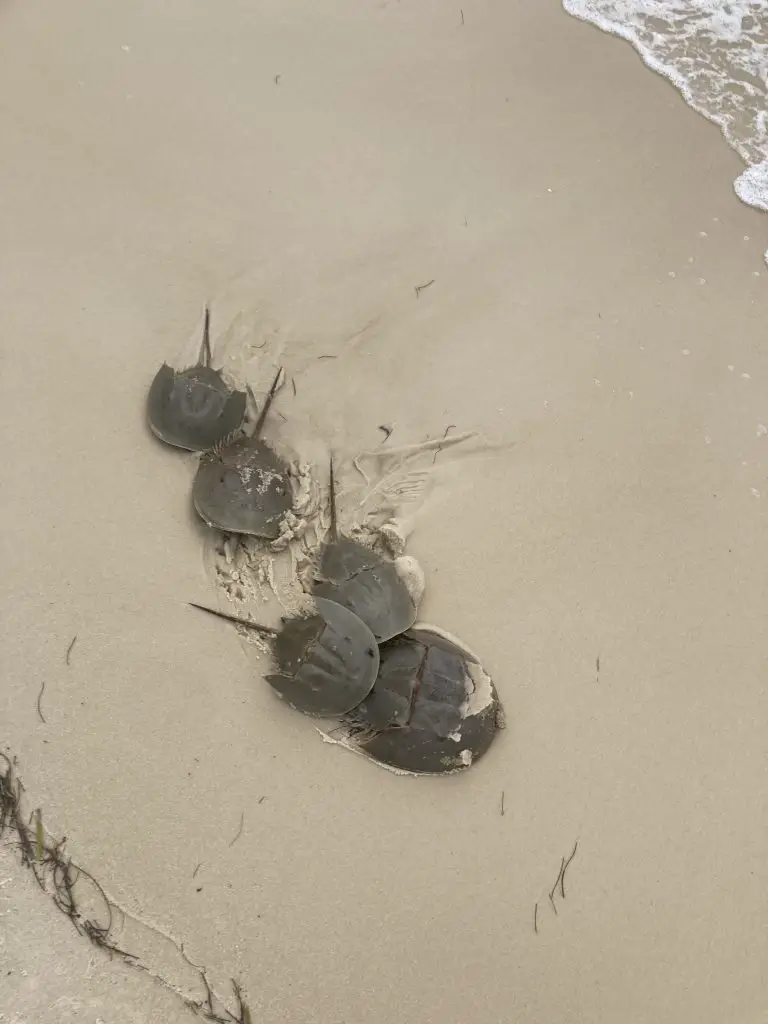
Horseshoe crabs are marine arthropods with a distinct horseshoe-shaped carapace, engage in the crucial practice of laying eggs as part of their reproductive cycle. The animals participate in mass spawning events.
These events typically occur during high tides, primarily in the spring, when large numbers of horseshoe crabs gather along coastal areas to lay their eggs. Female horseshoe crabs dig nests in the sand, depositing thousands of eggs, while multiple males compete to fertilize them. These eggs are a vital food source for migratory shorebirds, forming a crucial link in the ecological chain.
Axolotl
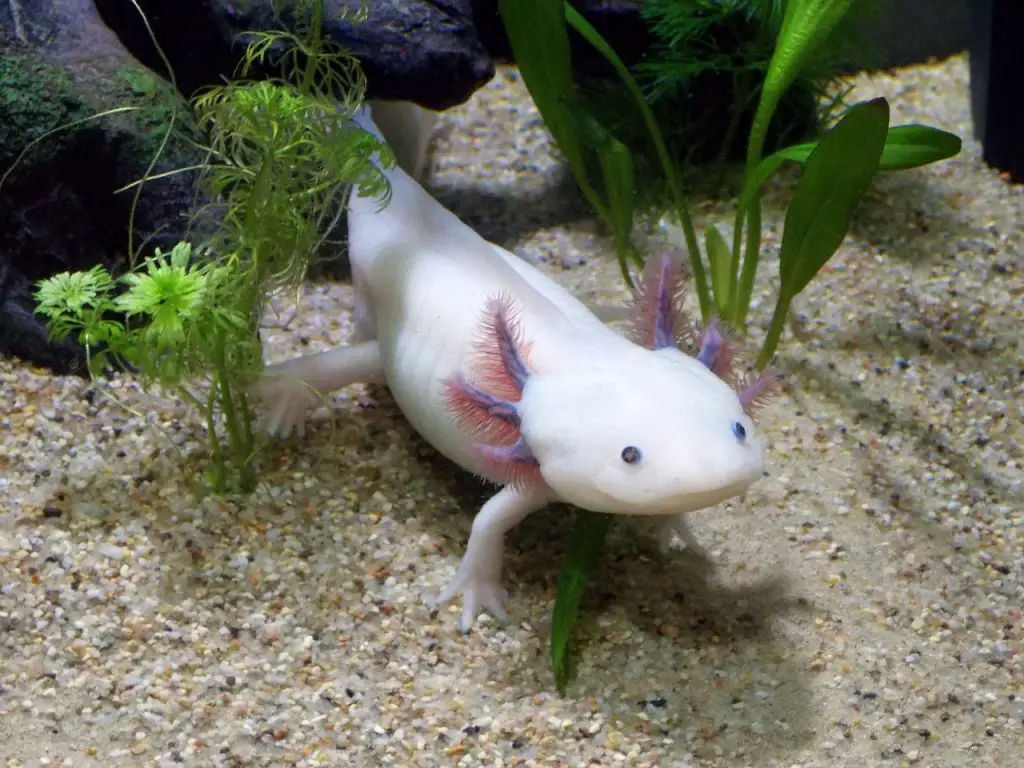
The axolotl is a fascinating aquatic salamander native to Mexico. Axolotls undergo neoteny, a phenomenon where they retain their juvenile features throughout their entire lives. Unlike most amphibians, axolotls do not undergo complete metamorphosis, allowing them to remain aquatic and gilled rather than transitioning to a terrestrial lifestyle.
Axolotls are also known for their remarkable regenerative abilities, possessing the capability to regrow lost body parts, including limbs and parts of their heart and brain.
Freshwater Mussels
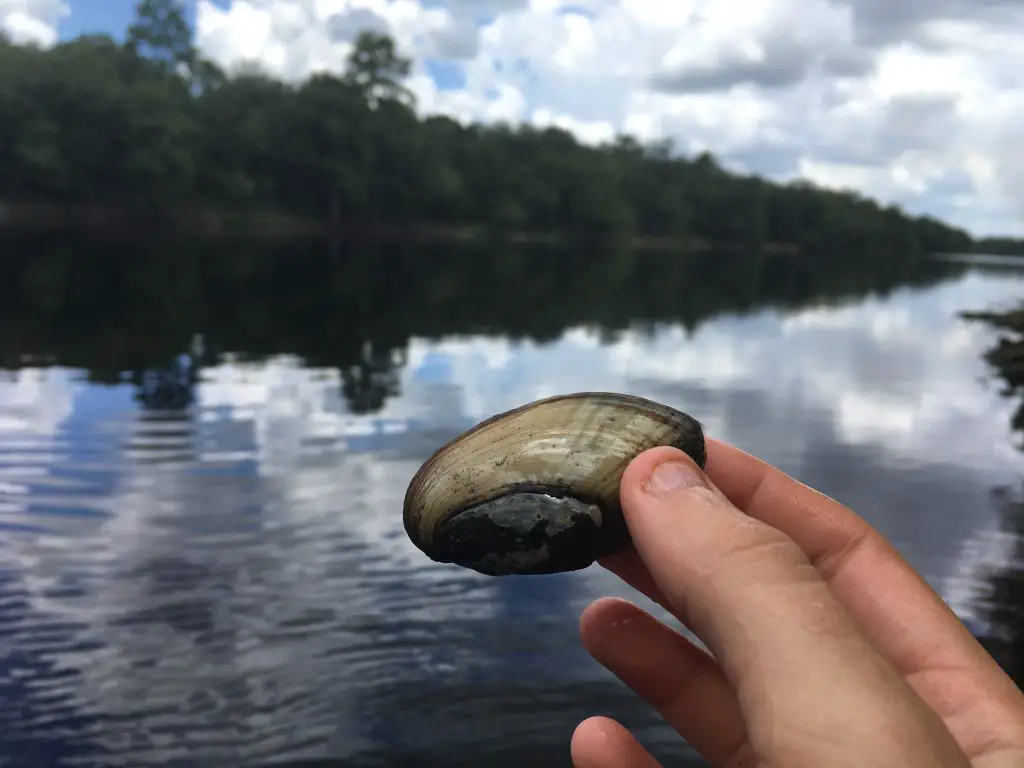
Freshwater mussels, the inconspicuous filter-feeding mollusks dwelling in rivers and lakes, engage in the essential practice of laying eggs as part of their reproductive cycle. Female mussels release eggs into the water, and males simultaneously release sperm. Fertilization occurs in the water column, leading to the development of microscopic larvae called glochidia.
Noteworthy is the unique reproductive strategy of freshwater mussels, involving a parasitic relationship with fish. The glochidia, once developed, attach themselves to the gills or fins of passing fish, where they transform and grow until reaching a stage suitable for settling back into the substrate.
Cuttlefish
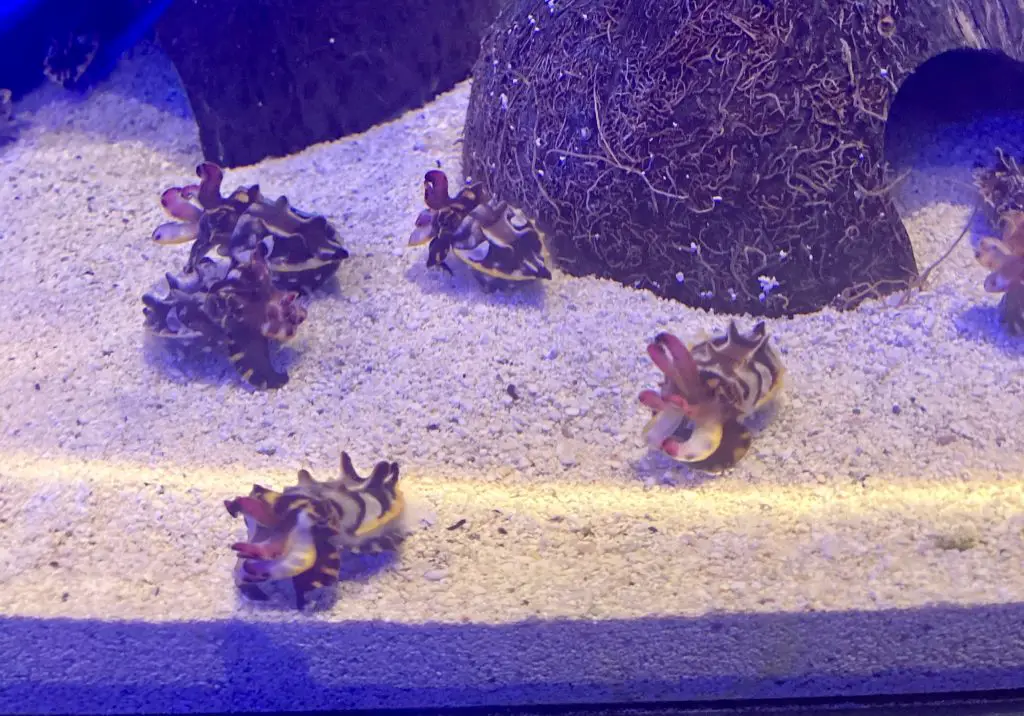
Cuttlefish are captivating and highly intelligent cephalopods inhabiting marine environments. Female cuttlefish deposit clusters of eggs, often attaching them to substrate structures in the underwater environment.
Males, competing for the attention of females, undergo intricate displays involving rapid changes in skin color, pattern, and texture. Once fertilized, the female guards the eggs until they hatch. Cuttlefish eggs, encapsulated in gelatinous structures, are buoyant and provide protection against predators. The hatching cuttlefish, referred to as juveniles, exhibit an incredible level of mimicry and camouflage, adapting their appearance to match their surroundings.
Oviparous: A Definition
Oviparous is an adjective used to describe egg laying animals. In oviparous reproduction, the female typically produces eggs that develop and hatch outside of her body. This method is common among various animal groups, including birds, reptiles, amphibians, fish, and certain invertebrates.
The term “oviparous” is derived from Latin, where “ovi” means egg, emphasizing the key characteristic of this reproductive strategy.
Why Do Animals Lay Eggs?
Many animals use the strategy of laying eggs to reproduce. In general, the goal is to provide a safe place for developing offspring outside of the mother’s body.
Here are some of the reasons why animals lay eggs:
- Survival and Continuation of Species. The primary purpose of laying eggs is to ensure the survival and continuation of a species.
- Protective Environment. Eggs provide a protective environment for the developing embryos, shielding them from external threats such as predators, environmental conditions, and pathogens.
- Efficient Reproduction. For many species, laying eggs is a more efficient method of reproduction compared to live birth, allowing the parent to produce numerous offspring at once.
- Adaptation to Environment. Animals that lay eggs often do so as an adaptation to their specific environmental niche, whether terrestrial, aquatic, or arboreal.
- Genetic Diversity. Egg-laying facilitates the mixing of genetic material, promoting genetic diversity within a population, which is crucial for long-term species health and adaptability.
- Resource Allocation. Egg-laying allows parents to invest energy in producing offspring without the continuous physiological demands of gestation, enabling them to allocate resources more efficiently.
- Various Reproductive Strategies. Different species have evolved diverse egg-laying and incubation strategies, reflecting adaptations to specific ecological niches and lifestyles.
- Role in Ecosystems. Eggs contribute to the interconnectedness of ecosystems, providing a food source for other species and influencing population dynamics within ecological communities.
Egg Laying Animals: Frequently Asked Questions
You have questions about egg laying animals. We have answers.
What animals lay eggs?
Birds, reptiles, amphibians, fish, insects, spiders, and most mollusks are egg laying animals. Two mammals also lay eggs.
What mammals lay eggs?
Monotremes, a group of egg-laying mammals. These include platypus and echidnas (spiny anteaters).
What animal can lay eggs and give live birth?
Certain species of sharks and snakes are known for a phenomenon called ovoviviparity, where eggs develop inside the female’s body, but the offspring hatch internally, and she gives birth to live young.
What animals lays the most eggs?
Invertebrates like insects, particularly small species, can lay a large number of eggs. For example, a single female mosquito can lay hundreds of eggs.
What animals lays the largest egg?
Among birds, the ostrich lays the largest eggs. Reptiles such as some species of pythons and crocodiles also lay relatively large eggs compared to their body size.
